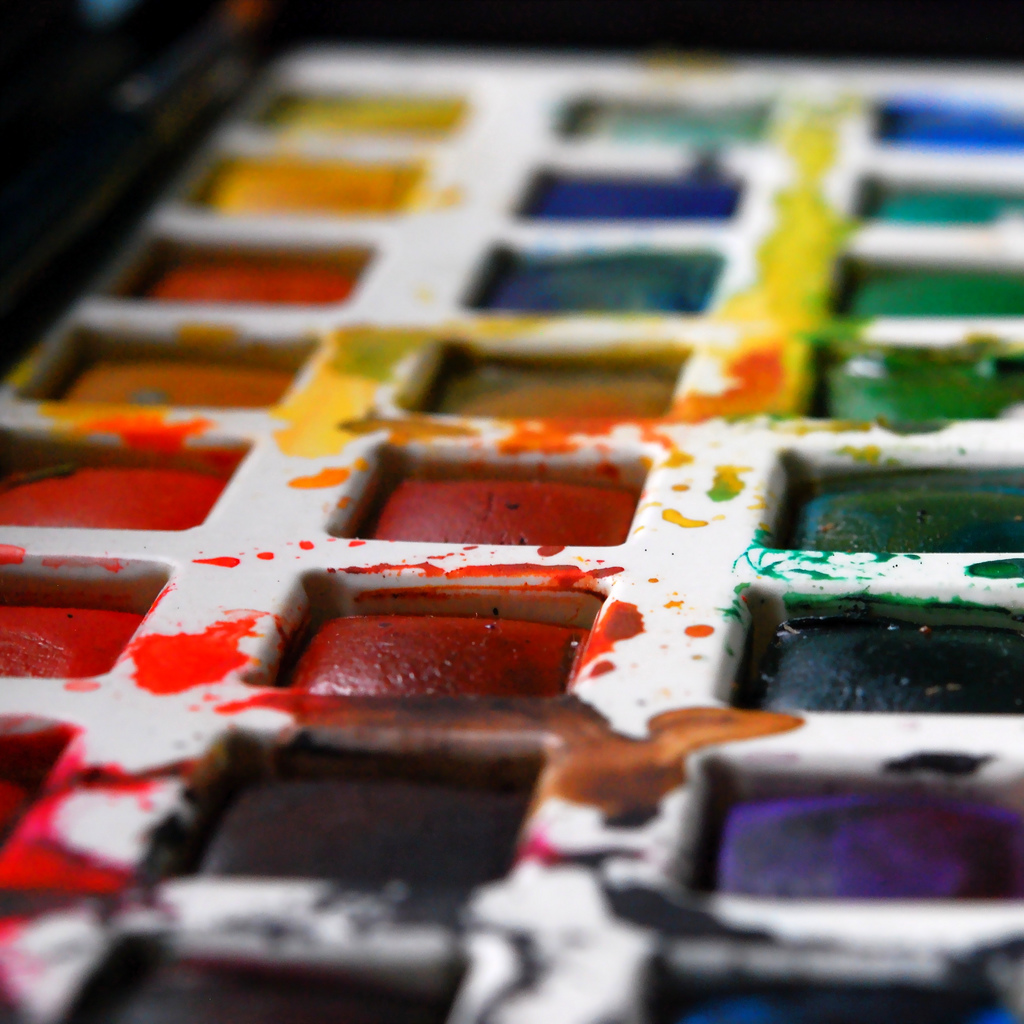
Watercolor : Re-Learning and Perfecting a New Medium (Part One)

Let me just start off by saying, I love watercolor, especially when it comes to illustration. It is, however, often described as being perhaps the most difficult and unforgiving of mediums to work with.
Whoever said that—totally right in my book! Still, it’s a medium I want to excel at, so it will take me putting in that much more effort and determination to get there.
Back in 2008 (you do the math), I took a beginners level college course in watercolor painting. Surprising though it was, I did well. I got an “A” in the class!
During my time there, our homework was to create an A to Z watercolor sketchbook that was for small 4″ x 6″ paintings. I have included some of my paintings for you here:
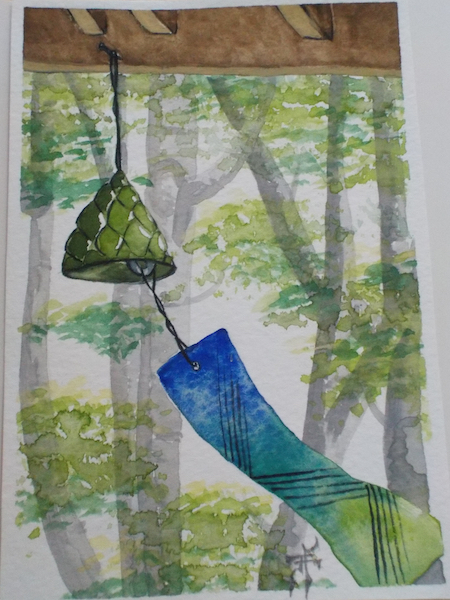
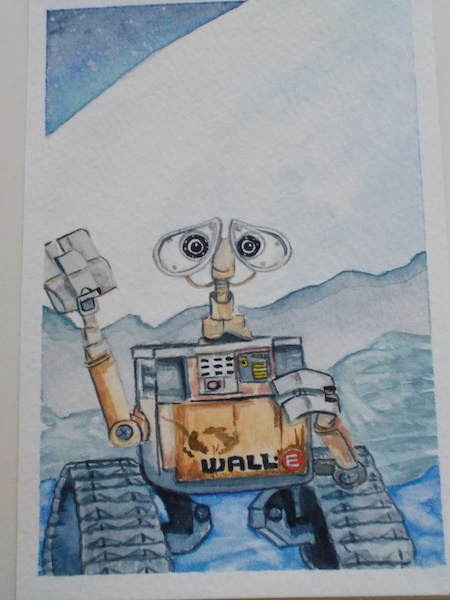
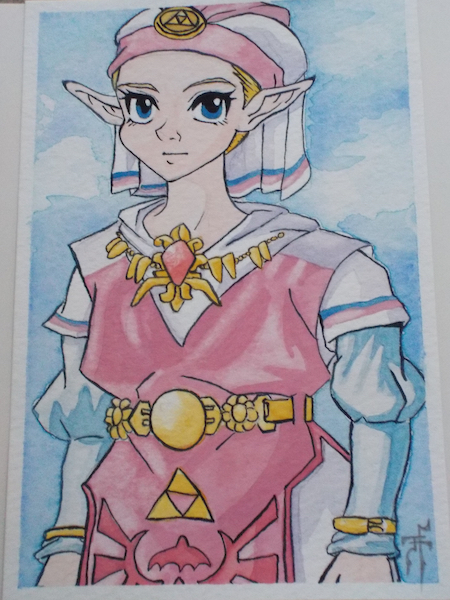
We also made full size paintings of course. My painting below was based on a black and white picture of some koi fish, and is now hanging in our living room:
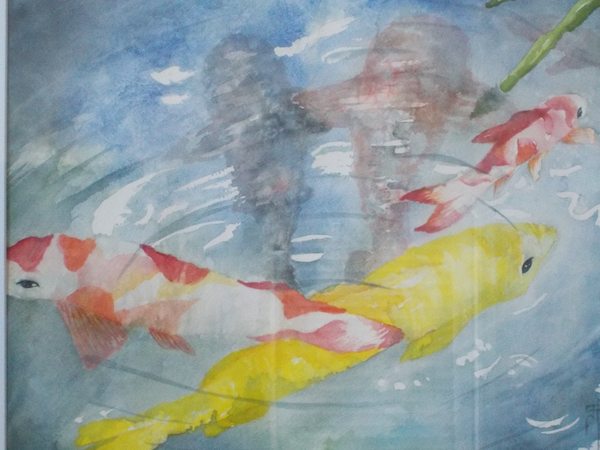
After the class was over, I was very proud of all that I had accomplished. I was getting a better grasp on the medium and although my paintings couldn’t compare to John Shelley (@GodFox or visit his website), Aaron Becker (@storybreathing or visit his website), or Olivier Dunrea’s (@OlivierDunrea or visit his website) watercolor paintings, I was getting better by the hour.
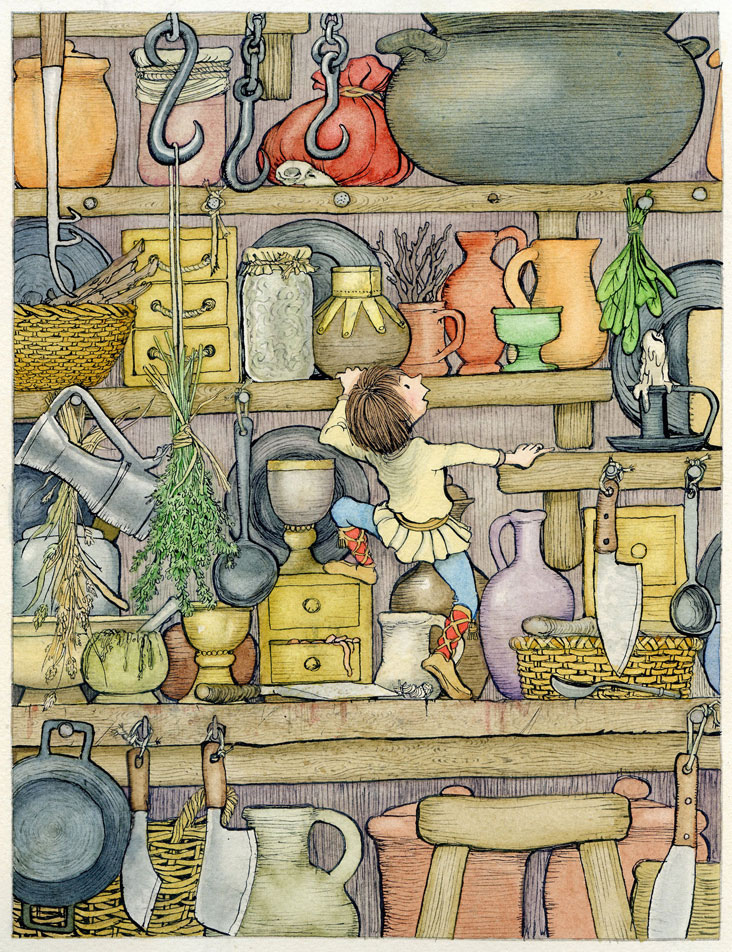
Unfortunate as it was for my blossoming watercolor painting abilities, life got in the way of my art, and my paints and brushes were pushed to the wayside. As the paint dried out and began to crack, so did my skills at using it.
Alas, here I am many years later, picking back up those old brushes, dusting them off, and starting all over again.
I wrote a children’s fantasy (Middle Grade) novel a few years back called, Adeline and the Mystic Berries, which I am hoping to get published soon. In the meantime, I’m working on other projects and stories—as well as doing the illustrations for Adeline’s story. Can you guess where I’m going with this?
If you guessed that I want those illustrations to be done in watercolor, you win! Good job you!
I’m determined that they be done in this beautiful medium with perhaps a bit of pen and ink, and colored pencils mixed in for good measure. I love working with mixed media. You get the best of both worlds when you work in this way. This plan to create my illustrations in watercolor will happen (always good to put that positive energy out into the world) and I’m planning to take you along on my journey to get there.
The illustration below was first shown in the blog post: Illustration Techniques. This was just the initial drawing done in pencil.
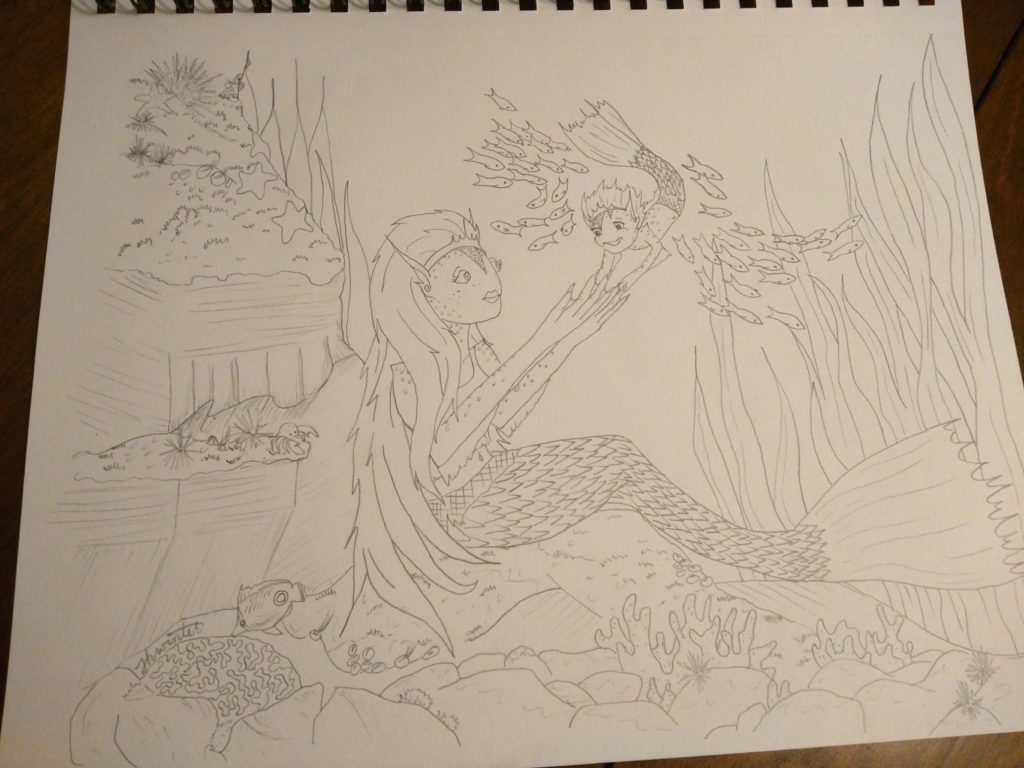
The first thing I did was ink in the illustration using a Micron (size 08) black pen. Micron pens (once they completely dry) will allow you to use watercolor over them without smearing the ink. Be careful when you plan to use a mixed media approach that you read the back of your materials. This will confirm whether or not they can be used together.
If the outlining pens you buy aren’t waterproof, they will smear the moment the water-filled paint gets brushed across them. You can guess what that outcome is going to look like. Rorschach ink blots come to mind.
Maria Coryell-Martin has a great post called Ink and Watercolor, about which pens she uses when doing the inking in of her mixed media illustrations, before the watercolor washes are applied. As you can see, she is a fan of the Micron pens as well for quick use. She suggests using refillable pens whenever possible, something I’ve never tried before, but I’m sure they work equally as well (maybe even better).
Once the outlining was done, I let the drawing dry completely before trying my hand at the painting portion. I jumped back into watercolor painting before thinking about what colors I wanted to use. I had forgotten the importance of having a vision in my head of how I planned to build up the colors, before beginning to paint on the page. As you can see from the small bit I attempted to watercolor below, it was an epic failure on my part.
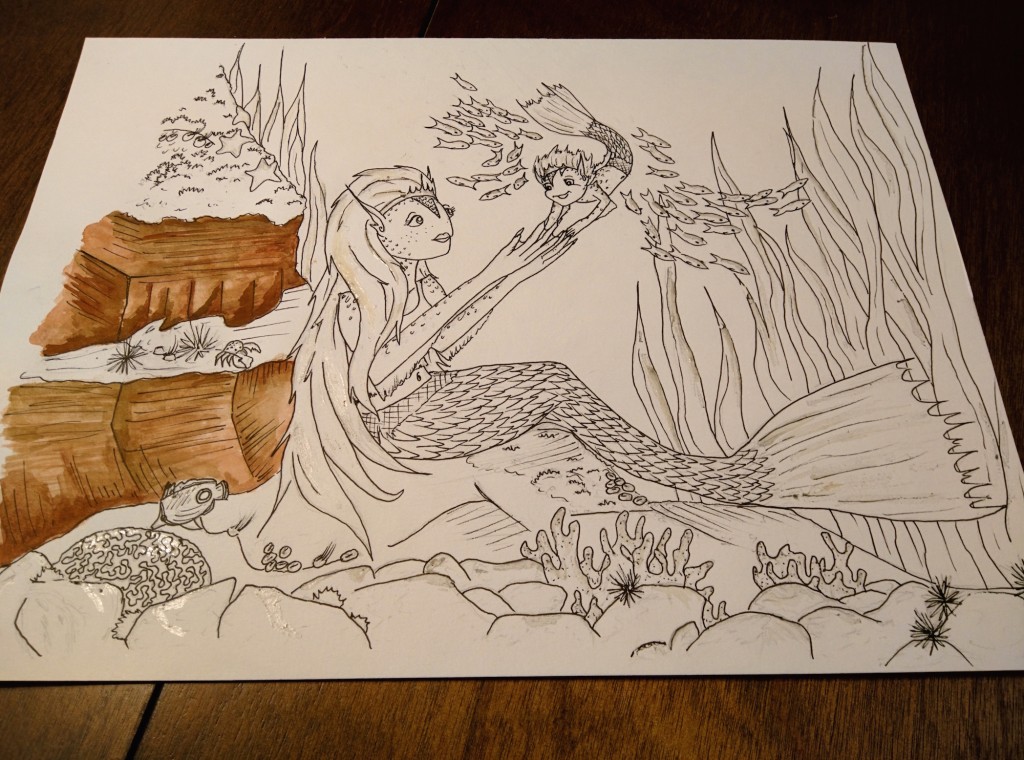
Keep checking back, for I plan to show you my successes and failures as I work towards a new understanding of this beautiful medium. I will share what I learn from each failed attempt so that such failures—we can only hope—don’t happen again.
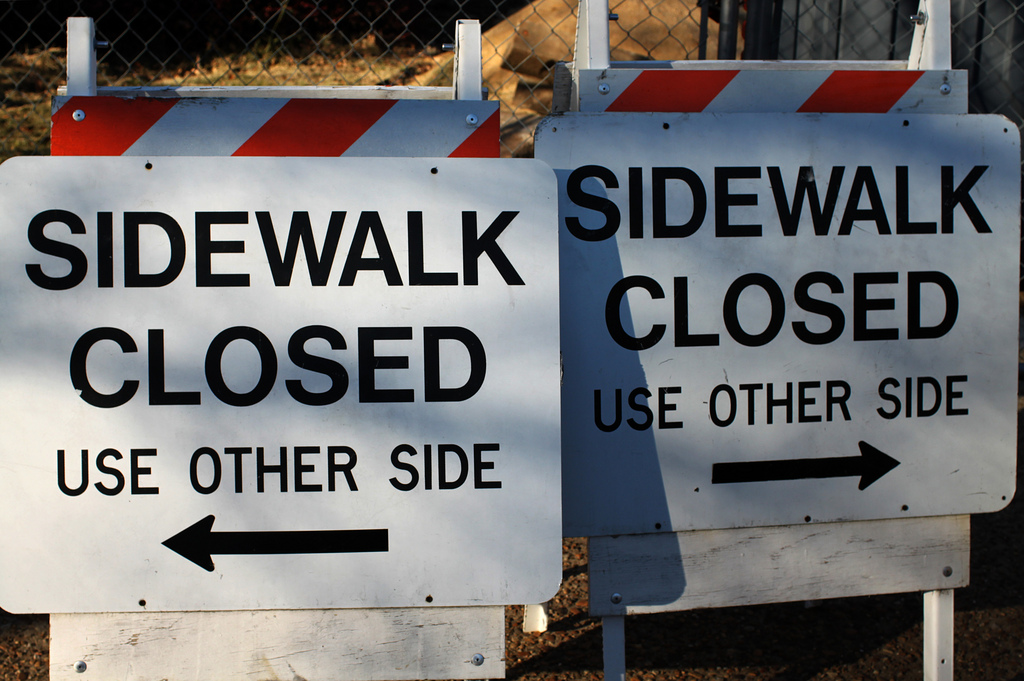
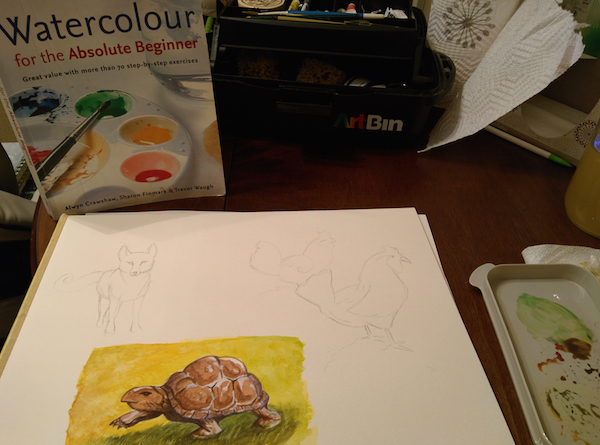


10 Comments
Jackie
Wow totally impressed with your water color skills! Especially love the wall-e one-so good!!
JHWinter
Thank you Jackie! My skills at watercolor were decent once. I will press on and make them even better than before!
Heather
Wonderful post and I love WALL-E! I’m very intrigued by the book projects you’ve mentioned on your site. I’m not sure if you’ll do a future blog post on this topic, but I’m wondering if you’ve thought about, or decided, if you will traditionally publish them or go the route of self-publishing. The landscape is so incredibly different now with so many more options.
JHWinter
You have such great input, Heather! I really appreciate all of your comments! I do plan on writing a post in the near future about the differences between traditional vs. self-publishing, which route I plan to take, and why. As you said, there are so many options to choose from now, and each writer must take the path that works best for them. Both routes have their own set of pluses, but there are always the negatives to consider as well. It will certainly make for an interesting topic of discussion!
Heather
I’m looking forward to reading your post. There are certainly general pluses and minuses as you mentioned, but I’m wondering if there aren’t even more specific ones also attached to each genre. It will be interesting to read what you’ve found out.
JHWinter
Thank you! I look forward to talking more about the subject as I work my way through bettering my skills with watercolor paints. It is such a beautiful medium to see used in children’s books. As with anything we want to become better at, it will take time and unending fascination to get to the end result. In this case, the end result being the ability to use watercolors in my illustrations.
AC
Have you tried scanning it into a painting software & playing around with the colors there before putting colors on the final copy?
JHWinter
I have never painted digitally before. I’ve barely dabbled in drawing with a Bamboo tablet. It’s a great option though, since you can always go back and erase the color if you don’t like it. I’ve seen several artists who do a combination of painting by hand and adding details digitally as well. There is a lot to be said for making art on the computer!
AC
Well, I think what you have so far is a great start. I hope you will finish it & show us how it turns out. Sometimes, projects don’t turn out as planned. Jumping in without a plan might surprise you with awesome results. Keep up the great work Julianne 🙂
JHWinter
Thank you! I completely agree that sometimes jumping in can lead to some surprising results! The plan for this series is to take everyone along from start to finish, as I work to get better at this medium that terrifies and fascinates me all at the same time. Post 2 is due out during April’s A to Z Challenge for bloggers. Stay tuned! 🙂